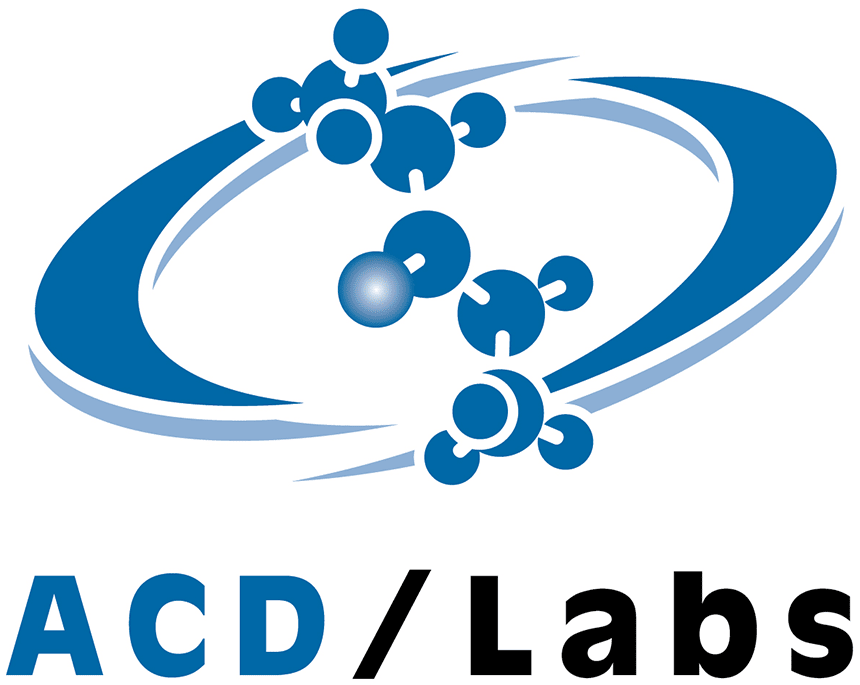
The analysis of plastic has gained increased attention in recent years, due to the global push to move to a circular economy (the increased use of recycled materials to reduce waste). Manufacturers are being urged to produce or use more post-consumer recycled (PCR) plastics, especially for food and beverage packaging.
PCR plastics require more rigorous quality control (QC) measures to ensure that they will not produce volatile emissions that could be considered harmful or have a negative impact on the packaged product (e.g., malodours).
However, there are several limitations with the existing methods used for the detection of odours from plastics.
- A human sensory panel is a sensitive approach, but it is also subjective, time-consuming and requires skilled individuals. In addition, it is restricted to sensory information: no chemical identities are provided, so sensory panels cannot identify a possible source or clean-up process to eliminate the malodour.
- The electronic nose (eNose) is faster and simpler to use as it is a handheld device with sensor technology. However, the technique is not specific, meaning that samples that fail QC testing must undergo further analytical investigation.
- Gas chromatography coupled with mass spectrometry (GC–MS) can provide a more quantitative approach but may struggle to fully resolve all the volatile organic compounds (VOCs). Typically, the odour profiles are dominated by aliphatics from the polymer itself, which easily mask the trace-level odorants (e.g., oxygenated species). Traditional quadrupole MS must operate in scan mode to find these non-target components, but this limits the sensitivity of the instrument. Additionally, common sample introduction techniques, such as headspace injection and solid-phase microextraction (SPME), may lack the necessary sensitivity to capture the trace odorants.
With these approaches, it is often not possible to identify the precise compounds responsible for high odour in recycled plastics, which means that the recycling process cannot be improved and QC failures continue to occur. Trace odours can cause the end users’ products to fail QC further down the production chain, which passes further cost onto the customers and can cause losses in returned product or compensation claims.





